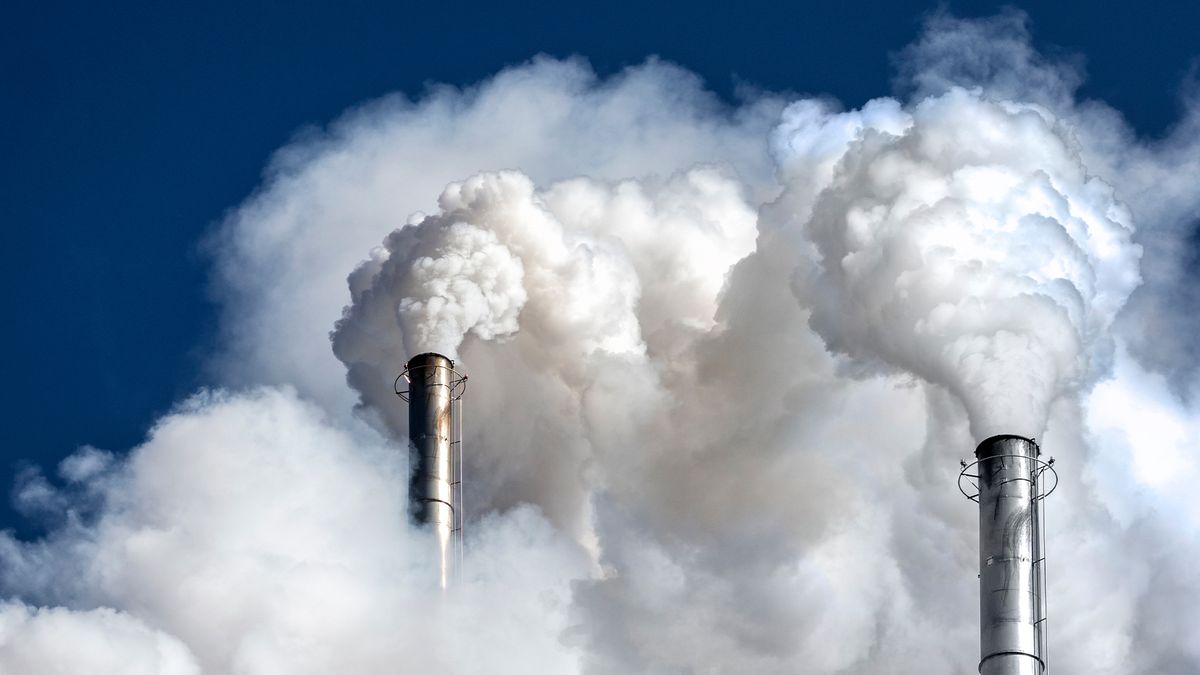Carbon emissions are skyrocketing due to rising generative AI demands, but a new report from Accenture found business leaders believe the technology will ultimately do more good than harm.
By modeling the expected incremental use of AI hardware in data centers, Accenture predicted AI-related emissions will rise more than 10-fold by 2030. This is an output change of 68 to 718 million tons of CO2.
But when asked about how AI will affect sustainability, nearly half (42%) of respondents said they expect it to reduce emissions in the short term, compared to 27% who expect an increase. Nearly two-thirds (65%) expect AI to reduce emissions in the long term.
Yet with only 22% of companies using the technology for decarbonization, there is a limit to how much AI can currently help, according to Stephanie Jamison, Accenture’s global sustainability lead.
“The most realistic scenario is probably one in which AI initially emits more than it abates, until a critical crossover point. Responsible and sustainable scaling of AI means ensuring that crossover point is reached as early as possible,” Jamison said.
AI can be the cause and the cure
Although AI is pushing emissions through the roof, many in the industry have long touted the technology as a potential remedy.
Jennifer Belissent, principal data strategist at Snowflake, told ITPro that while AI is an “energy hog” it could also be used to minimize energy use by optimizing certain processes and finding solutions to its own energy demands.
“Adoption of enterprise AI with purpose-built, efficiently trained agents is a first step. Transparency across the value chain, from inputs to outputs and outcomes, enables a greater understanding of environmental impact and the trade-offs made for business value,” Belissent told ITPro.
The concept of using AI to combat AI-fueled carbon emissions isn’t new. Earlier this year, ex-Google CEO Eric Schmidt suggested enterprises ramp up efforts to use the technology for this exact purpose.
Ramprakash Ramamoorthy, director of AI Research at ManageEngine, echoed this sentiment, suggesting data center operators can harness the technology to implement significant cost and efficiency savings that will ultimately have a long-term positive effect.
“The AI boom has caused emissions to soar, but the cause of the problem could also be the cure. As well as drawing on resources, AI can transform data center usage,” Ramamoorthy said.
According to Ramamoorthy, data centers are already using machine learning (ML) to create intelligent thermal management solutions that reduce energy consumption across data center infrastructure.
“These could achieve a significant reduction in power usage effectiveness, leading to power cost savings of many hundreds of thousands of kilowatt hours – or millions of kilograms of carbon dioxide,” he said.
AI can also optimize data center processes, Ramamoorthy added. Large facilities often host unused or obsolete servers that still consume electricity, he said, and AI can use real-time data to predict optimal cooling levels for each server.
“AI can also help make data centers green by analyzing historical data. As data centers become more complex, analyzing factors like workload and temperature can help systems improve over time. And, as AI improves over time, these predictions will become more accurate – and save more energy,” Ramamoorthy said.
Source link
